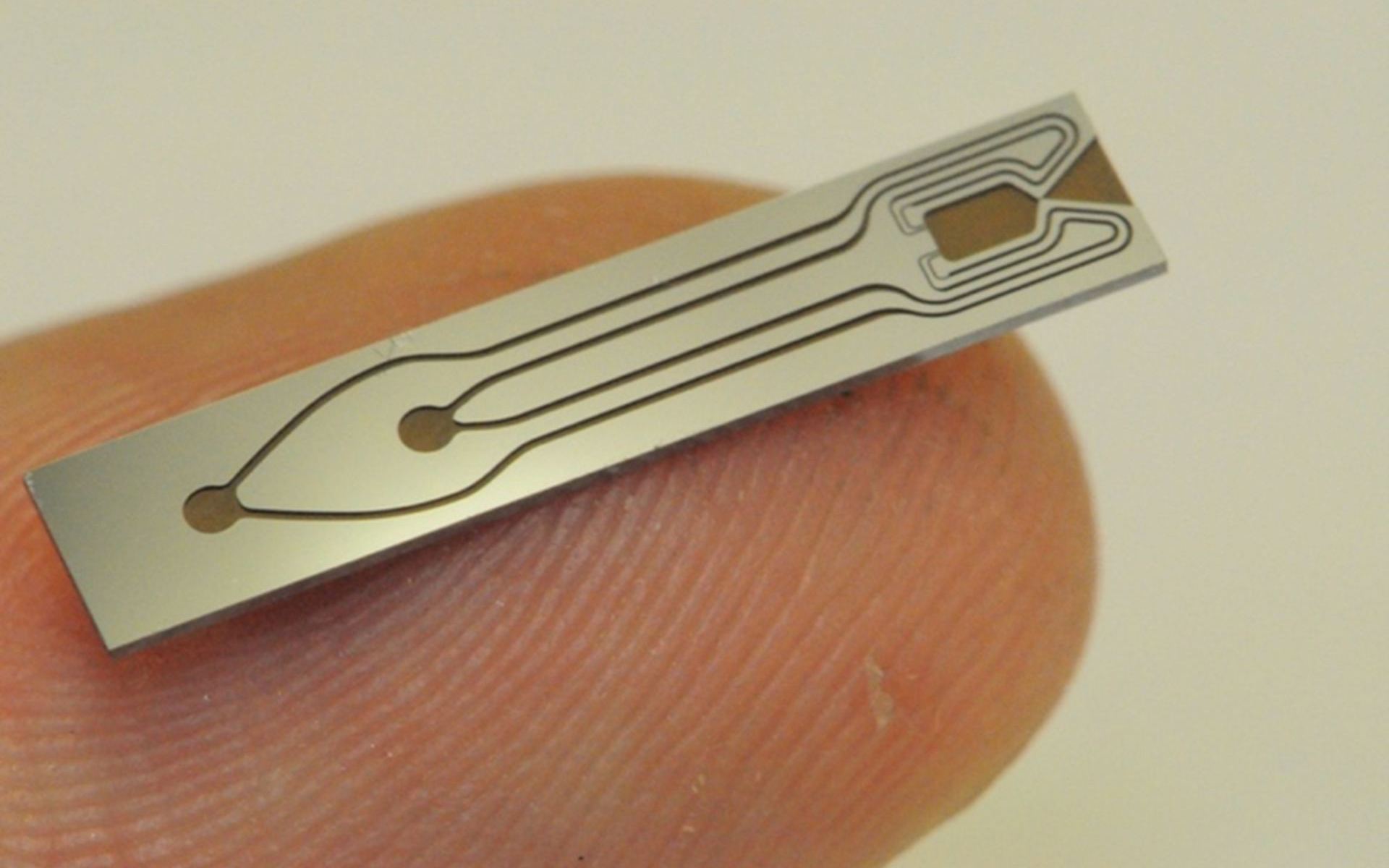Engineers working with the European Space Agency have developed a new thruster design smaller than the tip of your finger. Despite its small size, this mini-thruster designed for CubeSats appears to be highly efficient without the use of toxic chemicals.
Called the Iridium Catalysed Electrolysis CubeSat Thruster (ICE-Cube Thruster), it allows CubeSats to maneuver without bulky gas propellant storage. The thruster uses an electrolyzer to separate water into hydrogen and oxygen, which is expelled into space, pushing the spacecraft in the opposite direction. A test achieved 1.25 millinewtons of sustained thrust, which is good enough for this application. Small Cubesats usually launch to space as secondary payloads on other missions.
Comparatively, the much larger Block 1 Space Launch System rocket (SLS) generates 39.1 Meganewtons (8.8 million pounds) of thrust at launch to lift its much larger rocket and payload into space.
The tiny thruster was developed at Imperial College in the UK.
“The reason for such a small-scale thruster is to meet the needs of the rapidly growing small satellite market,” said research postgraduate Charlie Muir from Imperial who is working on this project with ESA.

The design is quite simple: an electrolyzer runs a 20-watt current through water to produce hydrogen and oxygen to propel the thruster. The combustion chamber and nozzle measure less than 1mm in length, and since it is so small, it needs to be constructed in the same fashion as microchips.
Since its doesn’t use regular fuel, no pressurization is needed to store it, so storage and handling systems can be smaller and much simpler. The CubeSat’s solar arrays can be used to harness energy from the Sun to supply the electric power needed to operate the miniature electrolysis system.
So far, the ICE-Cube Thruster has only been tested in a laboratory setting.
NASA has also been studying the use of water-based fuels for Cubesats, but their thruster system is not as small as the ICE-Cube Thruster.

